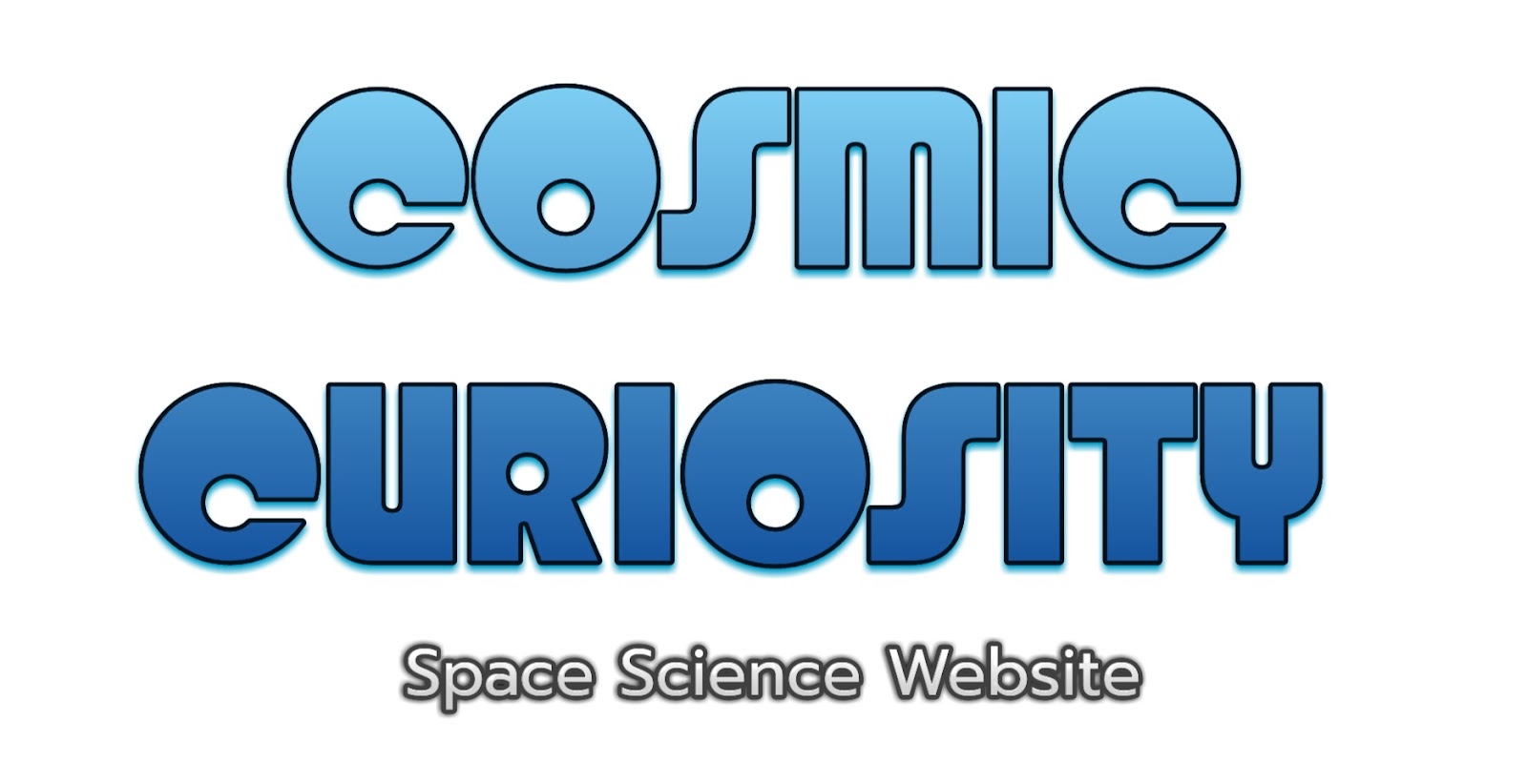The Dynamic Earth: A Journey Through Time and Space
 |
| The Dynamic Earth: A Journey Through Time and Space |
The Dynamic Earth: A Journey Through Time and Space
Introduction:
The Earth is a dynamic and complex
planet, home to a diverse array of life forms and a wide range of geological
processes. From the movement of tectonic plates to the cycling of nutrients
through ecosystems, the Earth is constantly changing and evolving. In this
article, we will take a journey through time and space to explore the
fascinating history and current state of our planet.
Geological History:
The Earth is estimated to be around
4.5 billion years old, and over this vast timescale, it has undergone numerous
transformations. The earliest geological period, the Hadean Eon, is thought to
have been characterized by intense volcanic activity and the formation of the
first oceans. The Archean Eon saw the emergence of primitive life forms,
including cyanobacteria that played a crucial role in oxygenating the
atmosphere.
The Proterozoic Eon saw the
development of more complex life forms, including the first multicellular
organisms. The Phanerozoic Eon, which began around 541 million years ago,
witnessed the emergence of a wide range of species, including fish, reptiles,
and mammals. This period also saw several mass extinctions, including the most
famous one that wiped out the dinosaurs.
Current State:
Today, the Earth is a complex system
that includes the atmosphere, hydrosphere, biosphere, and geosphere. The
atmosphere is composed of several layers of gases that protect the planet from
harmful radiation and provide the oxygen required for life. The hydrosphere
includes all the water on the planet, from oceans and lakes to underground
aquifers.
The biosphere is made up of all the
living organisms on the planet, from bacteria and fungi to plants and animals.
The geosphere includes the solid earth, including the rocky crust, mantle, and
core. The movement of tectonic plates, which are large slabs of the Earth’s
crust, is responsible for shaping the planet’s surface and creating features
such as mountains, volcanoes, and ocean basins.
Human Impact:
Human activity has had a significant
impact on the Earth’s systems, particularly in recent centuries. The burning of
fossil fuels and deforestation have led to an increase in atmospheric carbon
dioxide levels, contributing to global warming and climate change. Overfishing
and pollution have led to a decline in marine biodiversity, and land use
changes have led to habitat loss and the extinction of many species.
Conclusion:
The Earth is a fascinating and complex planet, with a rich history and a dynamic present. From the emergence of primitive life forms to the impact of human activity, the Earth has undergone countless transformations over billions of years. As we continue to explore and study the planet, it is important to remember our responsibility to protect and preserve this unique and precious home.






No comments